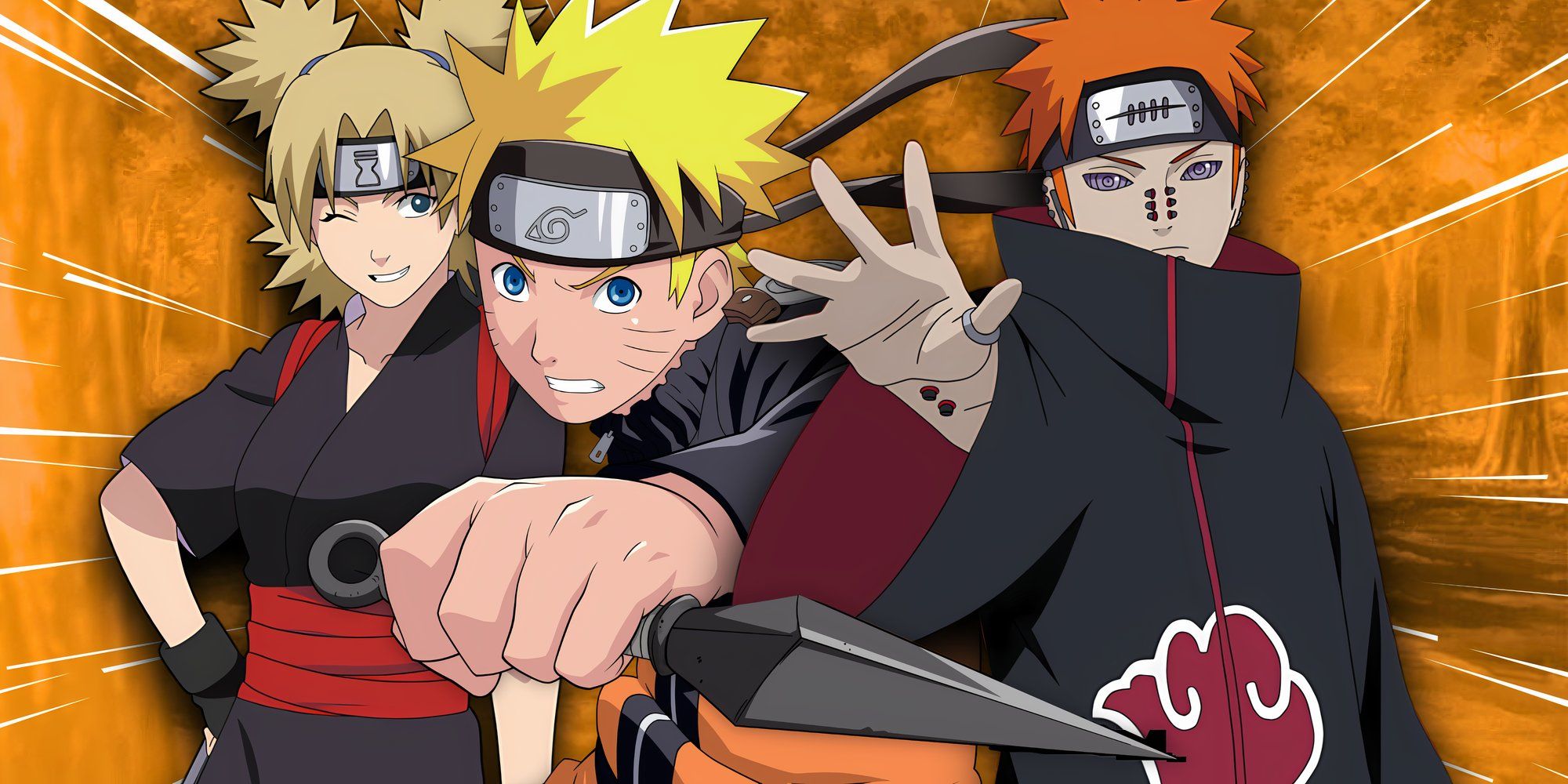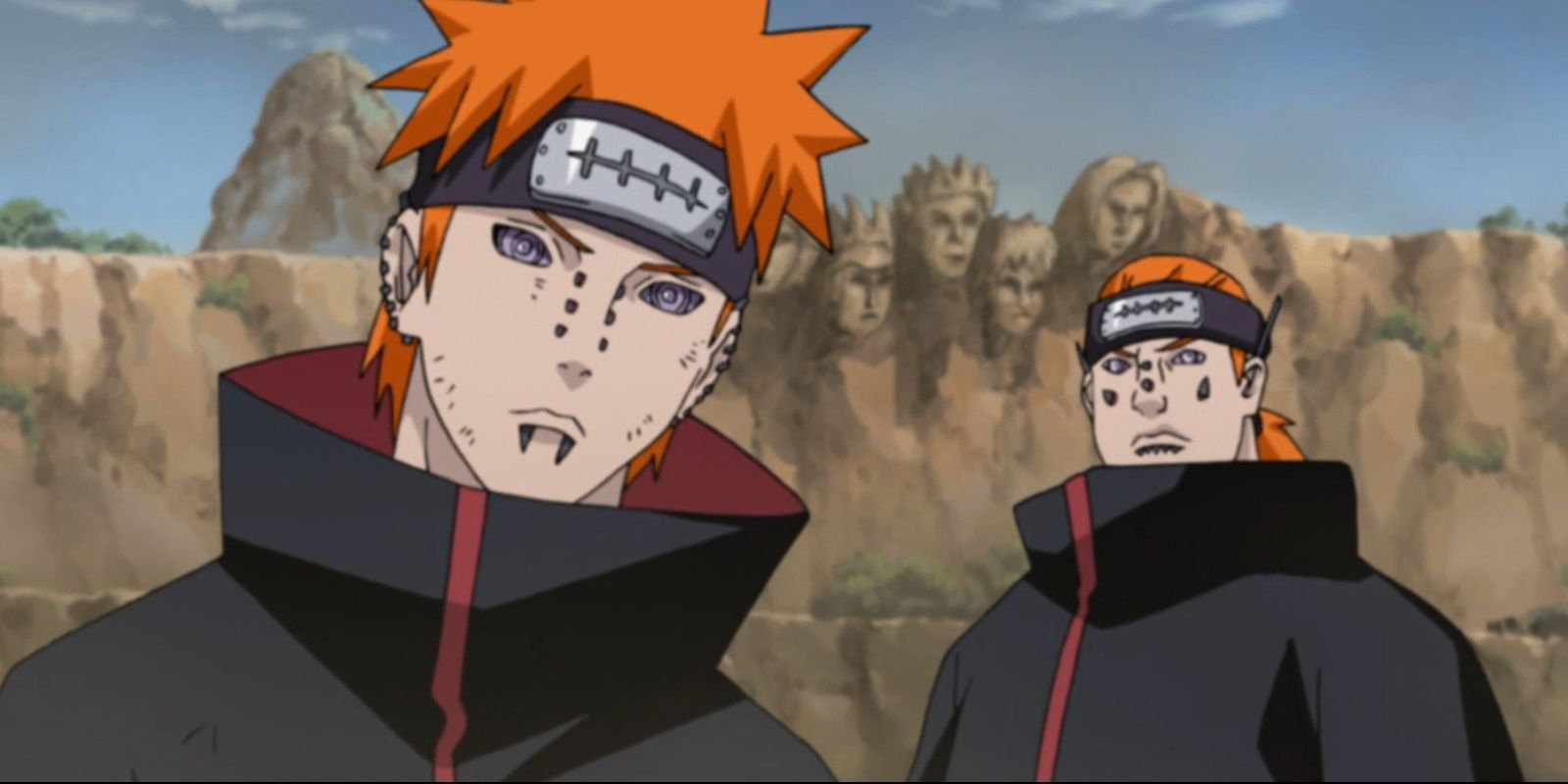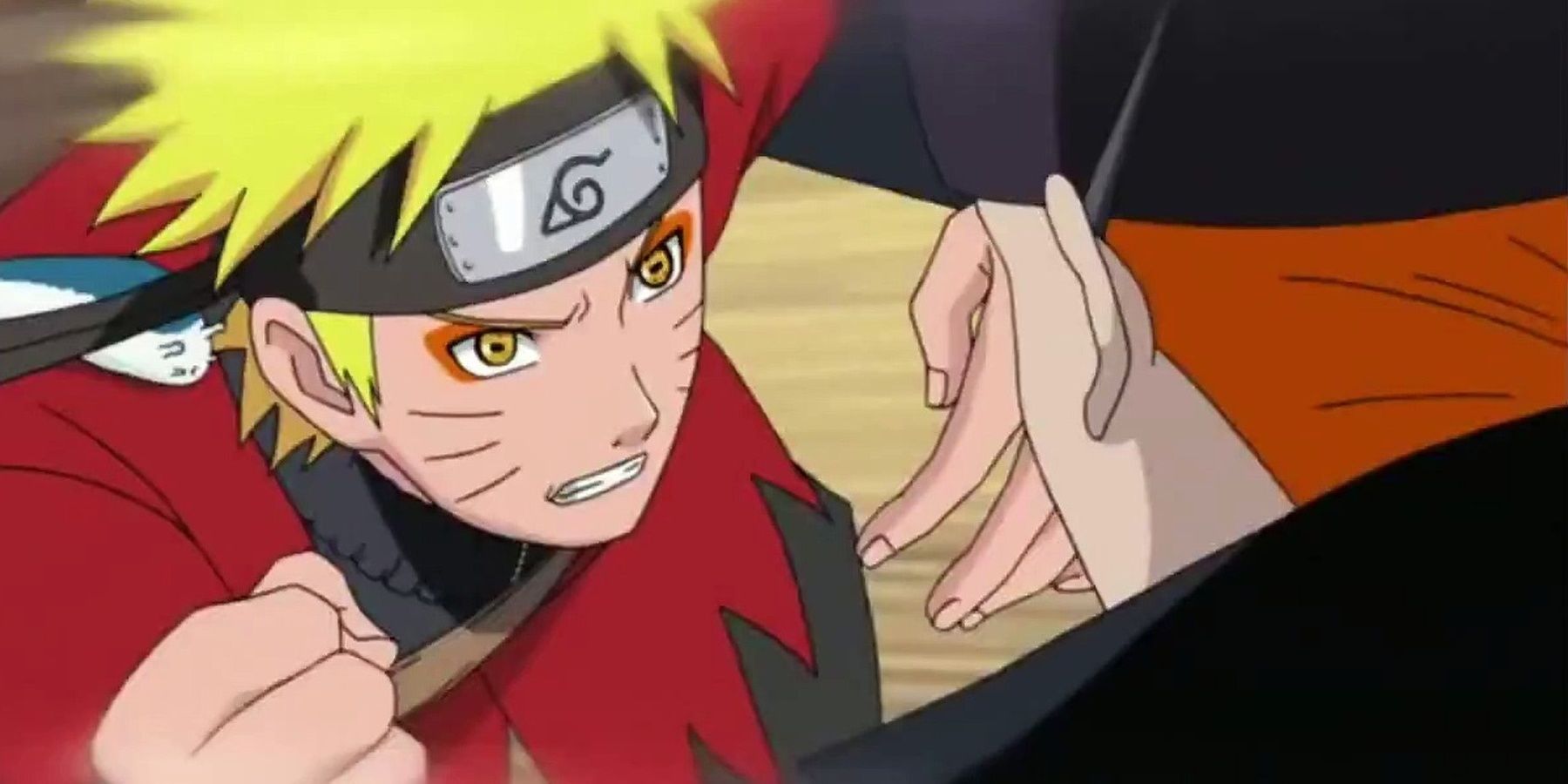
During its most popular years, Naruto seemed unbeatable. The show had already become a major modern anime success, and each new episode consistently raised the stakes and improved the action. The Pain’s Assault arc was when Naruto truly shined, pushing the main character, Naruto Uzumaki, to his absolute limit with each new twist and turn. This arc felt like the culmination of everything fans had been hoping for since the beginning of Naruto’s story.
With over 700 episodes, the Naruto series is full of amazing fights and emotional scenes, but the battle against Pain remains particularly special. This arc finally delivered what fans had been waiting for: Naruto, the underdog ninja, becoming the hero he always aspired to be. Even though it wasn’t the end of Naruto’s story, no later arc in Shippuden or the Boruto sequels has managed to capture the same level of emotional impact and character growth as Pain’s Assault.
Pain’s Invasion Featured Tragic (But Necessary) Build-Up
Even before the Pain arc truly started, Naruto: Shippuden subtly prepared viewers for a devastating event. The death of Naruto’s mentor, Jiraiya, made this conflict deeply personal for him, more so than any previous battle. It became even more heartbreaking when Jiraiya sent a final message to Naruto, hinting at who Pain really was. This act symbolized Jiraiya passing on his hopes to Naruto, urging him to end the endless cycle of hatred and suffering that haunted the ninja world.
Naruto’s journey allowed for significant and believable character development. While he grew stronger, fans also witnessed his emotional growth and increasing maturity. Learning Sage Mode wasn’t just about gaining power; it was about finding balance, self-control, and spiritual understanding – qualities that sharply contrasted with Pain’s destructive pursuit of revenge. The entire arc, carefully built over time, culminated in a deeply satisfying moment where the student ultimately surpassed the teacher, facing an enemy who represented a twisted mirror image of himself.
The lead-up to the Pain’s Assault arc in Shippuden was carefully paced and explored darker themes than the series had before. Fans who had watched Naruto from the beginning finally saw the payoff of Naruto’s training, but also witnessed the usually cheerful ninja reach his emotional limit after Jiraiya’s death. Because viewers had spent years following Naruto’s journey, Pain’s actions felt deeply personal, making the Pain’s Assault arc particularly impactful and rewarding to watch.
Pain’s Assault Turned Naruto Into an Epic War Story




The arrival of Pain and his attack on Konoha dramatically changed Naruto: Shippuden. What began as a standard action-adventure series about ninjas quickly became a much darker story of widespread destruction. Pain’s assault leveled the Hidden Leaf Village in a truly shocking scene, instantly creating a sense of danger for every character. No one was safe, and even beloved characters like Kakashi, Tsunade, and Hinata faced life-or-death situations.
Pain’s attack on the Hidden Leaf Village allowed the story to take bold new directions because the conflict with Naruto was so deeply personal. The invasion forced the ninja world to confront the contradictions of achieving peace through force, revealing the system’s fundamental flaws with shocking brutality. By destroying the village, Pain highlighted the absurdity of this approach and exposed the fragility of ninja society.
Naruto, however, was fighting for his village and everything it stood for, driven also by his desire to avenge Jiraiya’s death. While Pain acted with cold calculation and cruelty, Naruto’s motives were simpler and more hopeful – a reflection of how he’d always been raised. Protecting those he cared about was always his main goal, a value instilled in him by his parents, and he was prepared to sacrifice everything to do so. The situation was incredibly dangerous, but nothing could deter Naruto from following his own strong sense of justice.
The Pain’s Assault arc was a visual masterpiece. It featured incredibly dynamic and chaotic battles that really pushed the boundaries of Naruto‘s animation at the time. The episodes were action-packed from start to finish, with consistently stunning visuals.
Naruto vs. Pain’s Battle Remains Shōnen Perfection
The final battle lived up to every expectation of a great action-packed story. It wasn’t just about powerful attacks; it was thoughtful, strategic, and emotionally resonant, with incredible, movie-like action. Instead of relying on simple displays of power, Shippuden smartly presented the fight as a complex game of strategy, forcing Naruto to constantly adjust to Pain’s superior skill and clever tactics. This approach perfectly showcased how far Naruto had come, reflecting all he’d learned from his difficult experiences, losses, and personal development.
The Shippuden arc of Naruto kept the series strong by focusing on the core differences in beliefs between characters, instead of just endless fighting. Pain thought peace could only come through suffering, but Naruto argued for the power of compassion and understanding. When Naruto won, his values also triumphed, sending a hopeful message to the show’s audience in a way that felt natural and wasn’t overly moralizing.
Later fights in Shippuden, even significant ones, didn’t hit as hard emotionally as the battle between Naruto and Pain. At this point in the series, Naruto was still seen as the underdog, and his win against Pain was a major moment that made all his future accomplishments feel earned. Unlike the rivalry between Naruto and Sasuke, which felt like a personal conflict, the fight with Pain truly felt like a battle between good and evil.
Naruto’s Victory Firmly Cemented His Ninja Legacy
Naruto’s return to Konoha dramatically changed the mood of Shippuden, moving from sadness and hardship to excitement and joy. After witnessing Naruto’s long journey from a boisterous, inexperienced ninja, fans finally saw him return home. His arrival is considered one of the most memorable moments in anime, showcasing Naruto as a dedicated protector of the people who once rejected him. He had matured beyond his mischievous reputation and was no longer an outsider.
Naruto’s achievement of Sage Mode wasn’t simply a display of power, as often happens in anime when a hero wins a big fight. It was a deeply meaningful moment in his journey. For the first time, the villagers saw him as a hero, not a problem. He transformed his anger and sadness into inner peace, which allowed him to finally defeat Pain.
The villagers cheered and hoisted Naruto onto their shoulders, marking a triumphant end to the battle against Pain. It was the celebration Naruto had always dreamed of – a moment of acceptance and recognition for his bravery. For Naruto, it felt like a lifelong wish fulfilled, and for viewers, it was a satisfying return to the beginning of his journey.
This marked a fresh start for Naruto, but it also represented the high point of the entire series. Even now, the Pain’s Assault arc remains Naruto’s greatest achievement, demonstrating the incredible potential of shōnen anime when it prioritizes emotional storytelling and complex characters over constant fighting.
Read More
- Steam RPG From 2023 Being Removed Next Month and PC Users Aren’t Happy: “Huge Potential Wasted”
- Deadlock The Doorman Guide: Big Tips & Tricks
- Kunitsu-Gami: Path of the Goddess ‘Mazo Talisman: Yashichi Waves’ update launches in July
- ‘LEGO Batman: Legacy of the Dark Knight’ Reveals Its 7 Main Batsuits
- Yakuza Maker’s Next PS5 Game Gets a Brief Behind-the-Scenes Video
- ‘My Name Is Jeff’: Channing Tatum Played Another Jeff In Roofman, And Is Considering Legally Changing His Name
- Gears of War: Reloaded is Now Available
- Alabaster Dawn Demo is Now Available on PC
- Preview: Teamwork Is the True Terror of Little Nightmares 3
- No Upgrade Path for the Belated PS5 Version of Yakuza 0 Director’s Cut
2025-11-04 18:44